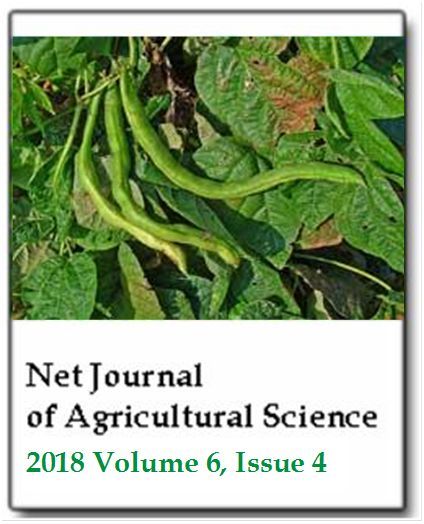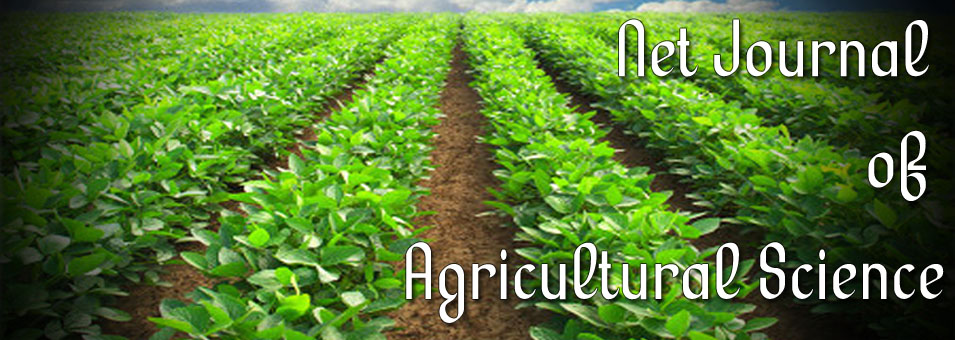Evaluation of some common beans (Phaseolus vulgaris L.) genotypes for efficiency in using phosphorus for grain yield and yield components
Michael A. Kilango, Tryphone Muhamba and Ernest MbegaNet Journal of Agricultural Science
Published: October 8 2018
Volume 6, Issue 4
Pages 53-62
DOl: https://doi.org/10.30918/NJAS.64.18.024
Abstract
Common beans (Phaseolus vulgaris L.) are important supplementary protein sources and soil nutrient restorer for subsistence farmers in Tanzania. Yields of common beans, however, are limited by low soil fertility, as they are grown in poor soils, often without fertilizers. Phosphorus (P) deficiency is one of the primary constraints to bean production in the tropics. Experiments were conducted at Uyole and Mbimba in Southern highlands of Tanzania to investigate the genotypic variations of common beans in P utilization based on grain yield and yield components. Eight bean genotypes were tested at 0, 30 and 60 kg P ha-1 as Triple Super Phosphate. A split plot in a Randomized Complete Block Design was used for arrangements of treatments. Data analysis was performed using GENSTAT statistical analysis package Discovery Edition 4. Significant differences in pods/plant, seeds per pod, 100-seed weight and grain yield among genotypes were observed. Genotype GD 4032 performed better than other genotypes at all P applications and their response to P addition was positively significant, suggesting the vital role of P in grain yield. Genotype GD 4032 could be used to improve the productivity, reduce P requirements and making bean production more sustainable.
Keywords: Phosphorus, Phaseolus vulgaris L., Tanzania.
Full Text PDF
ISSN: 2315-9766
